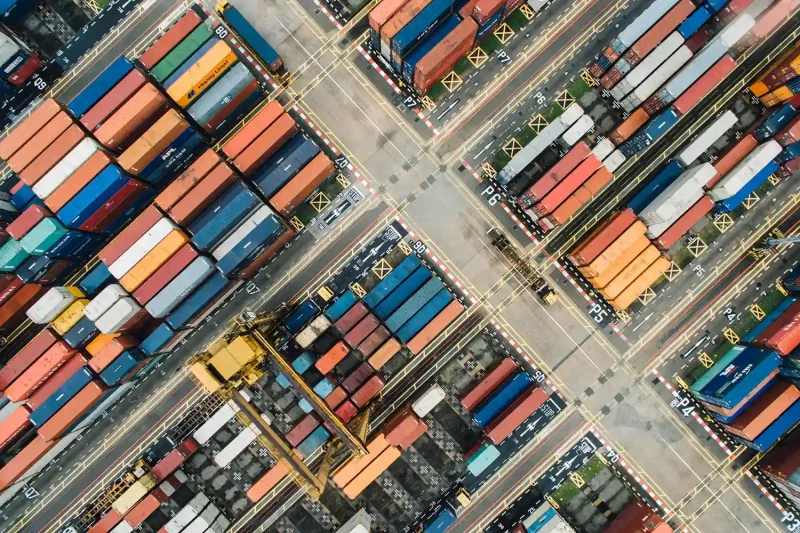In an era marked by rapid urbanization and environmental consciousness, the quest for economical transportation has become a focal point for individuals, businesses, and governments alike. As we delve into the intricacies of transportation economics, it is essential to consider various modes, their cost-effectiveness, and their impact on sustainability. This article aims to provide a comprehensive analysis of the most economical transportation options available today, while also addressing the broader implications for society and the environment.
Understanding Transportation Economics
Transportation economics is a field that examines the costs associated with moving goods and people from one location to another. It encompasses various factors, including fuel prices, maintenance costs, infrastructure expenses, and the environmental impact of different transportation modes. The goal is to identify solutions that minimize costs while maximizing efficiency and sustainability.
The Cost-Benefit Analysis of Transportation Modes
When evaluating the most economical transportation options, it is crucial to conduct a cost-benefit analysis of various modes. Here, we will explore several popular transportation methods, highlighting their economic viability and sustainability.
- Public Transit Systems
Public transportation, including buses, subways, and trams, often emerges as one of the most economical options for urban commuting. The costs associated with public transit are typically lower than those of private vehicle ownership, which includes expenses such as fuel, insurance, maintenance, and parking fees. Furthermore, public transit systems reduce traffic congestion and lower greenhouse gas emissions, making them a sustainable choice for cities.
Key Benefits:
- Lower individual commuting costs
- Reduced environmental impact
- Increased accessibility for low-income populations
- Bicycles and E-Bikes
Cycling has gained popularity as an economical and environmentally friendly mode of transportation. The initial investment in a bicycle or e-bike is significantly lower than that of a car, and ongoing costs such as maintenance and insurance are minimal. Additionally, cycling promotes physical health and reduces traffic congestion.
Key Benefits:
- Minimal operational costs
- Health benefits for riders
- Reduced carbon footprint
- Carpooling and Ridesharing
Carpooling and ridesharing services, such as Uber and Lyft, offer a flexible and economical alternative to traditional car ownership. By sharing rides, individuals can split costs, making transportation more affordable. Moreover, these services can reduce the number of vehicles on the road, contributing to lower emissions and less traffic congestion.
Key Benefits:
- Cost-sharing among passengers
- Flexibility in travel
- Decreased environmental impact
- Electric Vehicles (EVs)
While the upfront cost of electric vehicles may be higher than that of traditional gasoline-powered cars, the long-term savings on fuel and maintenance can make them a more economical choice. EVs have lower operating costs due to reduced fuel expenses and fewer moving parts, leading to lower maintenance costs. Additionally, as charging infrastructure improves and renewable energy sources become more prevalent, the economic viability of EVs continues to grow.
Key Benefits:
- Lower long-term operating costs
- Environmental benefits from reduced emissions
- Potential government incentives for EV purchases
The Role of Technology in Economical Transportation
Advancements in technology are reshaping the transportation landscape, making it more efficient and cost-effective. Innovations such as autonomous vehicles, smart traffic management systems, and integrated mobility platforms are enhancing the overall transportation experience. These technologies not only reduce costs but also improve safety and accessibility.
Conclusion: The Path Forward
Identifying the most economical transportation options requires a multifaceted approach that considers individual needs, environmental impact, and long-term sustainability. Public transit, cycling, carpooling, and electric vehicles each offer unique advantages that can contribute to a more economical and sustainable transportation system. As we move forward, embracing technological advancements and promoting policies that support these modes of transportation will be essential in creating a more efficient and environmentally friendly future.
In conclusion, the most economical transportation is not a one-size-fits-all solution; it is a combination of various modes tailored to the needs of individuals and communities. By making informed choices and advocating for sustainable practices, we can navigate the complexities of transportation economics and pave the way for a greener, more economical future.



